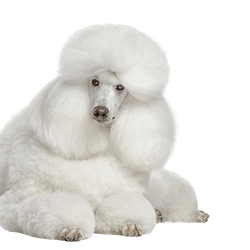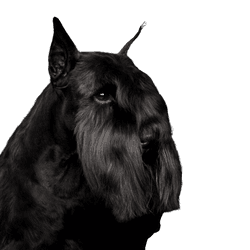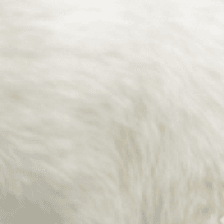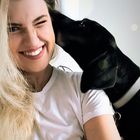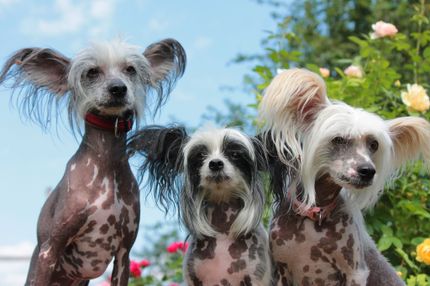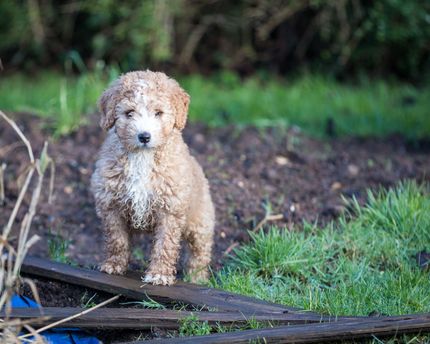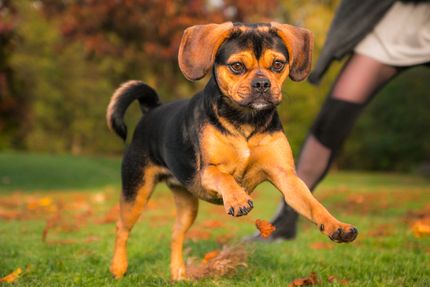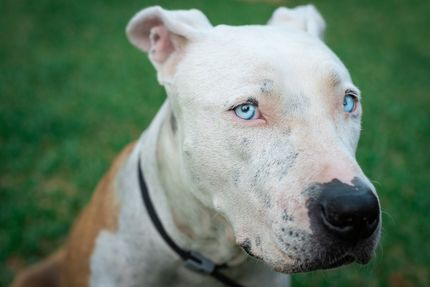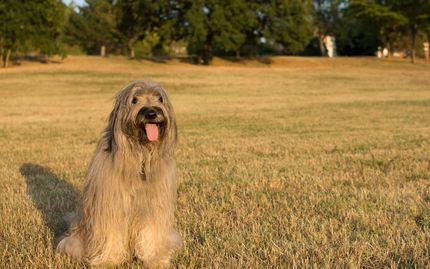Facts & Origin
Origin and history of the Schnoodle
The Schnoodle is a fascinating cross between a Schnauzer and a Poodle and originated in the USA. Since the 1980s, when the first breeding experiments took place in Minnesota, this hybrid dog has enjoyed increasing popularity. Although the Schnoodle is now becoming better known in Europe, it is not recognized as an independent breed. However, breeders would like to combine the positive characteristics of the purebred parents.
Suitability and keeping
The Schnoodle is excellent as a companion dog and is the perfect partner for active families. He has a high urge to move and should therefore live in a family that likes to be active and spend a lot of time outdoors. The Schnoodle is a versatile dog and shows great interest in dog sports such as agility and obedience. In addition, he can also be used as a therapy or tracking dog.
A lively and intelligent hybrid dog
The Schnoodle combines the best traits of his parents and is a lively, intelligent and loving dog. He adapts quickly to a variety of living conditions and is suitable for both city apartments and country living, as long as he gets enough exercise. As a hybrid dog, the Schnoodle is an exciting and versatile addition to any active family.
| Alternate Name | - |
| Origin | Germany |
| Life expectancy | 12 - 15 years |
| Care requirements | high-maintenance |
| Activity level | average - high |
| FCI group | not recognised |
| AKC group | not recognised |
| KC group | not recognised |
More Giant Schnauzer mixes
Attitude, character and temperament of the breed
Intelligent and active companions
The Schnoodle has inherited the intelligence and willingness to work of its parents, the Poodle and the Schnauzer. As a result, Schnoodles are quick learners and highly motivated dogs that like to be challenged physically and mentally. Their active nature leads them to want to spend a lot of time outdoors and play for hours on end. It is important to provide them with ample opportunities for exercise and mental stimulation to keep their energy flowing in positive ways.
Friendly and social personalities
Schnoodles are generally friendly and affectionate dogs that get along well with family members and other pets. Their strong social nature makes them enjoy interacting with other dogs and people. With early socialization, they can grow up to be well-balanced and confident companions.
Adaptable and versatile
Thanks to their adaptability, Schnoodles can live in a variety of environments - from city apartments to homes with gardens. It is important that they get enough exercise and mental activity to live a happy and balanced life. Regular walks, dog sports, and playful activities are ideal for meeting their exercise and learning needs.
Overall, the Schnoodle is an active, intelligent and friendly hybrid dog that is perfect for families looking for a versatile and adaptable companion. With sufficient physical and mental activity, as well as loving care, the Schnoodle will become a loyal and fun-loving member of the family.
Character
Usage
Health aspects
Despite their hardiness and low susceptibility to disease, Schnoodles can develop certain health problems due to their parent breeds. These include:
- Eye problems
- Skin diseases
- Patellar luxations (especially in small specimens).
Regular veterinary examinations are essential to prevent or detect these problems early. Responsible husbandry and care will also help maintain the health of the Schnoodle.
Schnoodle breeding and purchase
Because the Schnoodle is a hybrid dog and not a breed in its own right, breeding is somewhat different than for purebred dogs. In order to maintain the desired characteristics, Schnoodle breeding requires mating both initial breeds each time. Continued breeding can lead to a broader spread of traits and is therefore not recommended.
When purchasing a Schnoodle, it is important to look for reputable breeders who value health, socialization, and keeping the animals in a manner appropriate to their species. Responsible breeders will be willing to answer questions about breeding and the parent animals, and will give you the opportunity to meet the puppies and their environment in person.
Overall, potential Schnoodle owners should pay attention to the health of the animal and choose responsible breeding to ensure a happy and healthy companion.

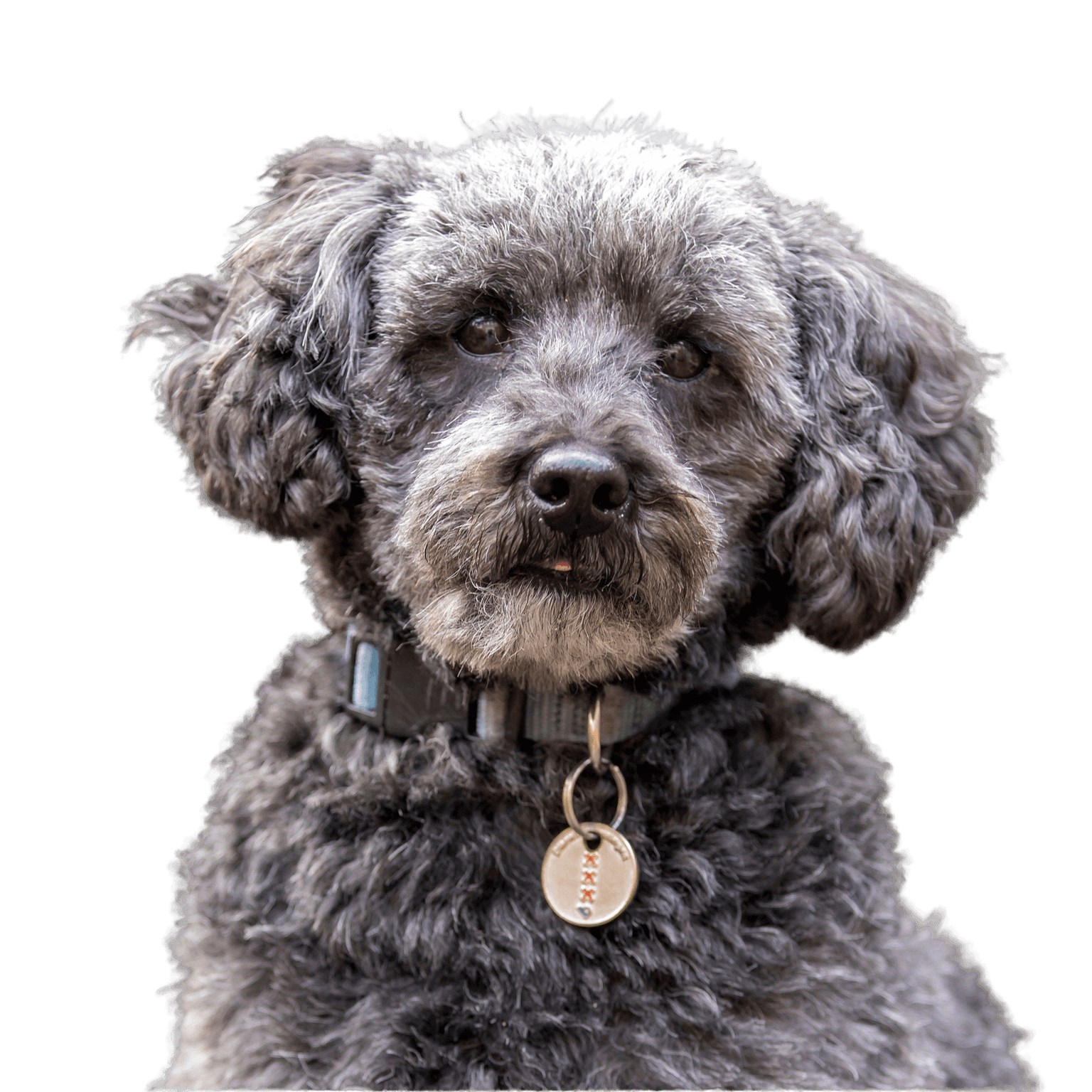
Appearance & Physique of a Schnoodle
A Schnoodle is a cross between two breeds, namely Schnauzer and Poodle. Therefore, the appearance of this breed can vary depending on its size and color.
Size, weight and breed type
The size and weight of a Schnoodle are highly dependent on the size of the parents. There are different matings that can result in different sizes and weights. Here is a table of possible variations:
| Parent 1 | Parent 2 | Resulting Schnoodle |
|---|---|---|
| Miniature Schnauzer | Miniature poodle | Small, up to 38 cm |
| Standard poodle | Miniature Schnauzer | Medium size, 38 to 63 cm |
| Giant Schnauzer | King poodle | Large, up to 76 cm |
| Standard Poodle | Giant Schnauzer | Medium to large |
It is best to ask the breeder himself about the exact sizes and weights of the puppies.
The physique
The Schnoodle often has a distinctive facial expression with dark eyes and a black or brown nose. Their face may also have a mustache and bushy eyebrows that give them a distinctive expression.
The coat
A Schnoodle's coat is of medium length and ranges from wavy to crimpy to curly. There are Schnoodles with soft coats as well as rough, shaggy coats. Regardless, it needs to be brushed regularly - so it's good to start getting puppies used to it.
Schnoodles can come in many different coat colors:
- White
- Apricot
- Various shades of brown
- Gray
- Black
- Pied
Feature hypoallergenic
This dog breed is usually not subject to annual hair changes, so in some cases it may be suitable for allergy sufferers. However, this should be tested individually, as the term "hypoallergenic" is often misleading and compatibility cannot be guaranteed.
| Fur length | short |
| Fur | curly - rough-haired |
| Ear shape | Tilt-ear |
| Tail | short - lang |
| Anatomy | square |
| Size ♀ | 25 - 45 cm |
| Weight ♀ | 10 - 35 kg |
| Size ♂ | 25 - 45 cm |
| Weight ♂ | 10 - 35 kg |
| Suitable For | suitable for allergy sufferers, Beginner |
Colors
Known Diseases
Patellar luxation
Patellar luxation is the term used to describe a displacement of the kneecap, which is one of the most common causes of lameness in dogs.
FAQ
-
A Giant Schnoodle costs about 1500 euros.
-
There are very many different Poodle hybrids, as it is considered hypoallergenic and is very family friendly. Besides the Schnoodle, there are Goldendoodle, Labradoodle, Havapoo and many others.
-
Yes, Schnoodles make excellent family dogs.
-
Some Schnoodle can be called "hypoallergenic". However, this term is often criticized. It is always necessary that an individual test is carried out beforehand.
-
Yes, Schnoodles need a relatively large amount of exercise. Their breed mix leads to the need for an active lifestyle to keep them happy.
-
The size of the Schnoodle can vary greatly. If one is really interested in buying a puppy, it is best to look at the parents.
-
The Schnoodle is an active dog that likes to keep busy and is easy to train. So if you have enough time and patience as well as motivation, a Schnoodle can be a great companion for you.

